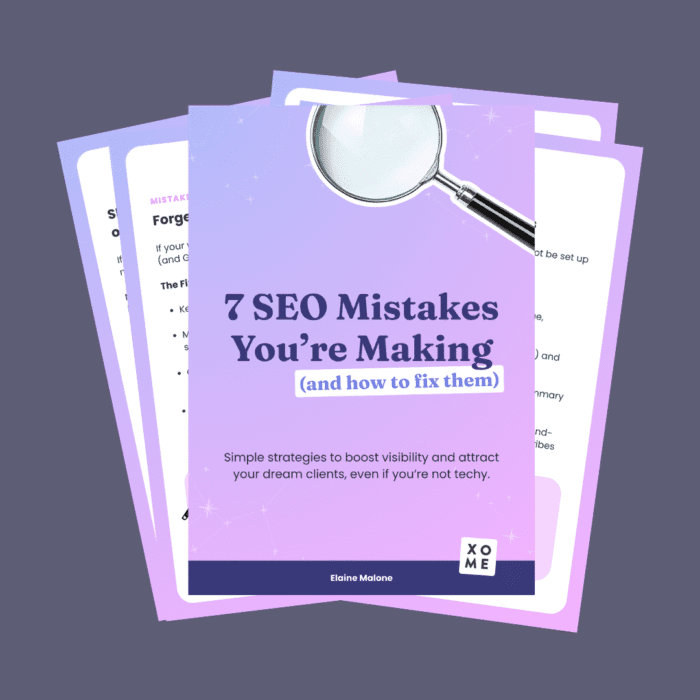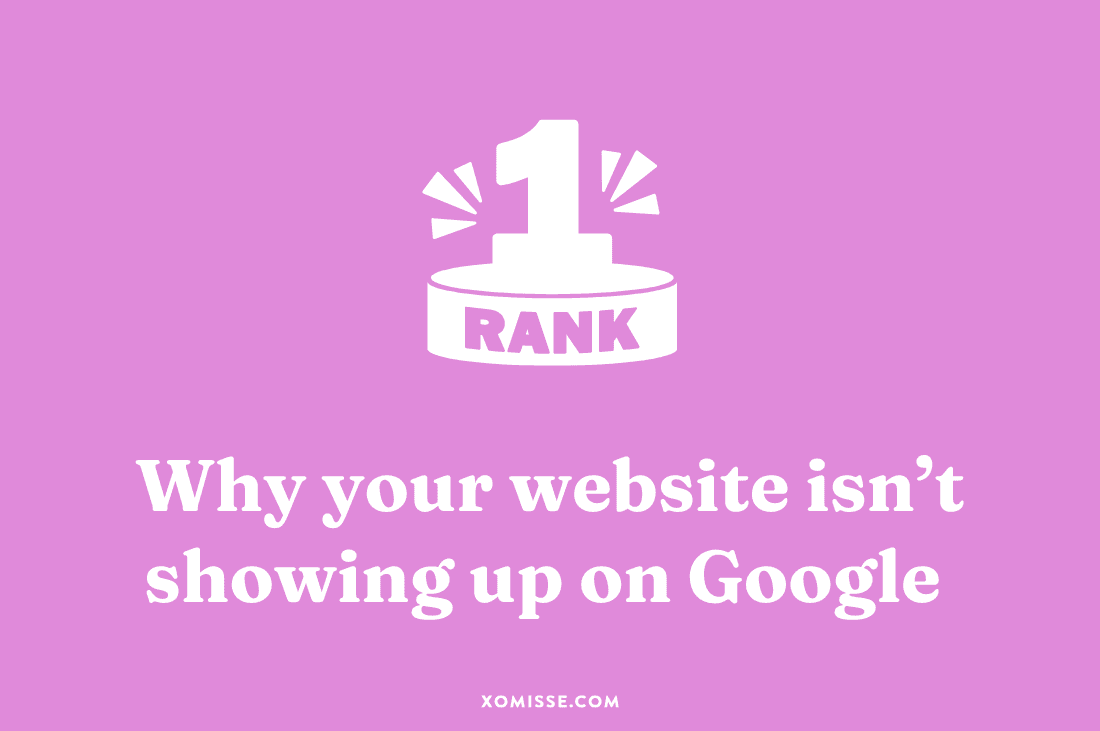You’ve launched your website, added your services, maybe even written a blog post or two — but when you search for your business, your site isn’t there. Frustrating, right? If your website is not showing up on Google, you’re not alone. Many small business owners and entrepreneurs face this problem in the early days.
The good news? With a few simple steps, you can fix the issue and start getting found in search results. This guide will explain why your website isn’t on Google and walk you through exactly how to make your site appear on Google.
1. Your website is too new
If your site is brand new, it’s normal that it won’t appear in search results straight away. Google needs time to discover, crawl, and index your site.
Fix it:
- Submit your website to Google Search Console.
- Upload your sitemap so Google knows which pages to look at.
- Share your site link on social media, in emails, or directories to create “signals” that Google can pick up faster.
2. Your site hasn’t been indexed yet
Sometimes your site is live but invisible to search engines because of a setting or technical block. If Google hasn’t crawled your site or is struggling to access certain pages, they won’t appear in results.
A common culprit for WordPress users? The “Discourage search engines from indexing this site” box accidentally ticked during setup.
Fix it:
- Go to Google and search
site:yourdomain.com. If nothing appears, your site isn’t indexed. - Log into Search Console to see crawl errors or coverage issues.
- Make sure your site isn’t accidentally blocking crawlers in the robots.txt file or with a “noindex” tag.
3. Your content isn’t optimised for search
Sometimes, your website is indexed but still doesn’t rank. That’s usually because your content isn’t optimised. If you haven’t included relevant keywords or structured your content well, Google won’t know what your site is about.
Fix it:
- Add a clear H1 heading to each page.
- Use phrases your audience is actually searching for (e.g. “wedding photographer in London” instead of “capturing memories”).
- Write helpful, detailed content that answers your customer’s questions.
4. Your site lacks authority
Google looks at trust and authority when deciding which sites to show. If your site is brand new or doesn’t have any backlinks, it won’t compete with established sites yet.
Fix it:
- Create helpful, unique content that others naturally want to reference.
- Start building backlinks by guest posting, getting listed in local directories, or being featured on partner sites.
- Share your content on social media and encourage people to link to it.

7 SEO mistakes you’re making
The most common SEO mistakes and simple fixes that get your site in front of your dream clients.
5. Technical SEO issues are blocking you
Even if you’ve done everything else, technical problems can hold your site back. Things like slow loading times, broken links, or missing SSL can affect how Google views your site.
Fix it:
- Check that your site works on mobile devices.
- Test your site speed with PageSpeed Insights and fix large images or unused plugins.
- Make sure your site uses HTTPS (with the padlock icon).
6. Your competition is strong
Sometimes it’s not that you’ve done something wrong — it’s that you’re trying to compete for highly competitive keywords. If you’re a new yoga teacher in London, ranking for “yoga London” might take time.
Fix it:
- Consistently publish useful content to build authority over time.
- Target long-tail keywords instead of broad ones. Example: “yoga for beginners in North London” is easier to rank for than “yoga London.”
- Focus on niche topics your ideal clients are searching for.
7. You’re not giving Google enough signals
Google rewards active, regularly updated websites. If you launch your site and leave it untouched for months, it won’t perform as well.
Fix it:
- Publish blog posts regularly.
- Update old content with new information.
- Add internal links between your pages so Google understands your site’s structure.
Quick SEO checklist to get your site on Google
- Submit your site to Google Search Console
- Submit your sitemap
- Add keywords naturally into titles, headings and content
- Write a meta title & description for your homepage
- Add internal links between pages
- Optimise for mobile & site speed
- Share your site to drive initial traffic
Final thoughts
If your website is not showing up on Google, don’t panic. It’s usually a mix of indexing delays, missing SEO basics, or lack of authority. With some quick fixes and consistent action, you can help your website get discovered faster and start attracting the right clients.
If you want a clear, step-by-step roadmap that walks you through all of these fixes (and more), check out the SEO Kickstart System. It’s a beginner-friendly toolkit packed with checklists and templates to make SEO simple and stress-free.
